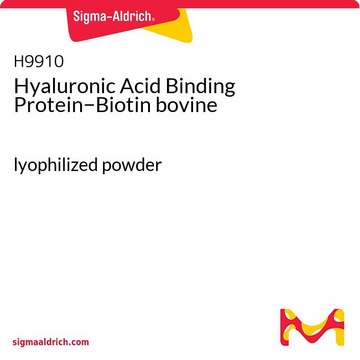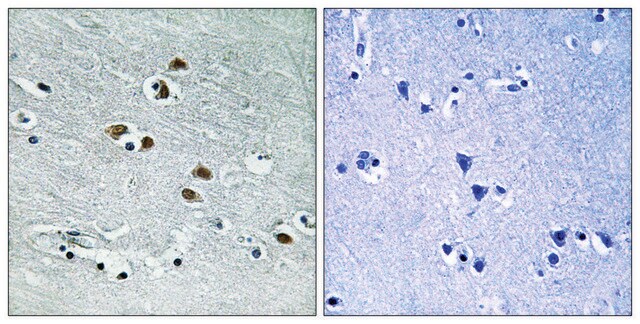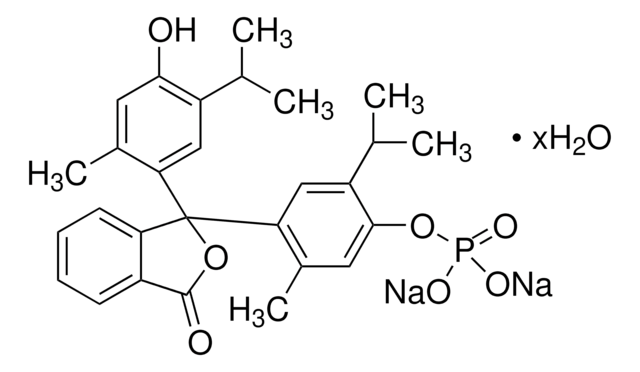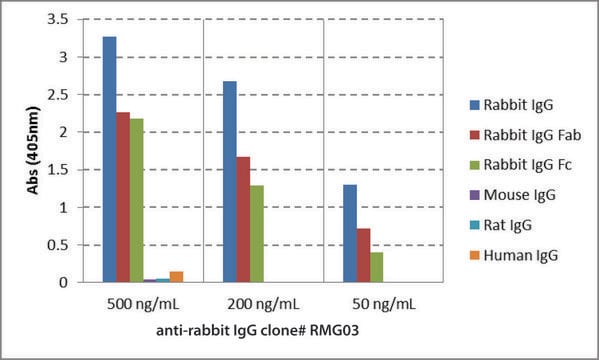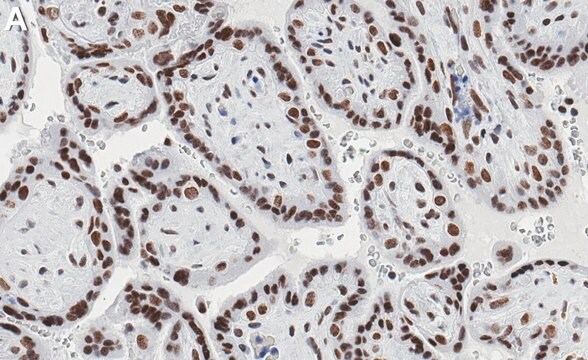H9536
Anti-Histone Deacetylase 4 (HDAC4) (DM-15) antibody produced in rabbit

affinity isolated antibody, buffered aqueous solution
Sinónimos:
Anti-HDAC4
About This Item
Productos recomendados
biological source
rabbit
conjugate
unconjugated
antibody form
affinity isolated antibody
antibody product type
primary antibodies
clone
polyclonal
form
buffered aqueous solution
mol wt
antigen ~140 kDa
species reactivity
human, mouse, rat
enhanced validation
recombinant expression
Learn more about Antibody Enhanced Validation
technique(s)
immunoprecipitation (IP): 10-20 μg using RIPA extract of HeLa nuclei
indirect immunofluorescence: 1:250 using HEK 293T cells expressing recombinant mouse HDAC4
microarray: suitable
western blot: 1:1,000 using whole extracts of mouse NIH3T3 cells
western blot: 1:500 using whole extracts of rat brain
UniProt accession no.
shipped in
dry ice
storage temp.
−20°C
target post-translational modification
unmodified
Gene Information
human ... HDAC4(9759)
mouse ... Hdac4(208727)
rat ... Hdac4(363287)
General description
Specificity
Immunogen
Application
- Western Blotting
- Immnofluorescence
- Immunoprecipitation
Biochem/physiol Actions
Physical form
Storage and Stability
Disclaimer
¿No encuentra el producto adecuado?
Pruebe nuestro Herramienta de selección de productos.
Storage Class
12 - Non Combustible Liquids
wgk_germany
WGK 1
flash_point_f
Not applicable
flash_point_c
Not applicable
Elija entre una de las versiones más recientes:
¿Ya tiene este producto?
Encuentre la documentación para los productos que ha comprado recientemente en la Biblioteca de documentos.
Nuestro equipo de científicos tiene experiencia en todas las áreas de investigación: Ciencias de la vida, Ciencia de los materiales, Síntesis química, Cromatografía, Analítica y muchas otras.
Póngase en contacto con el Servicio técnico